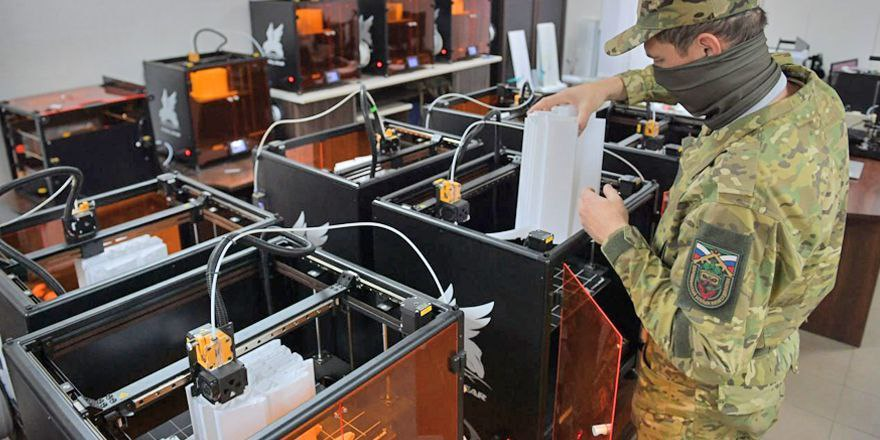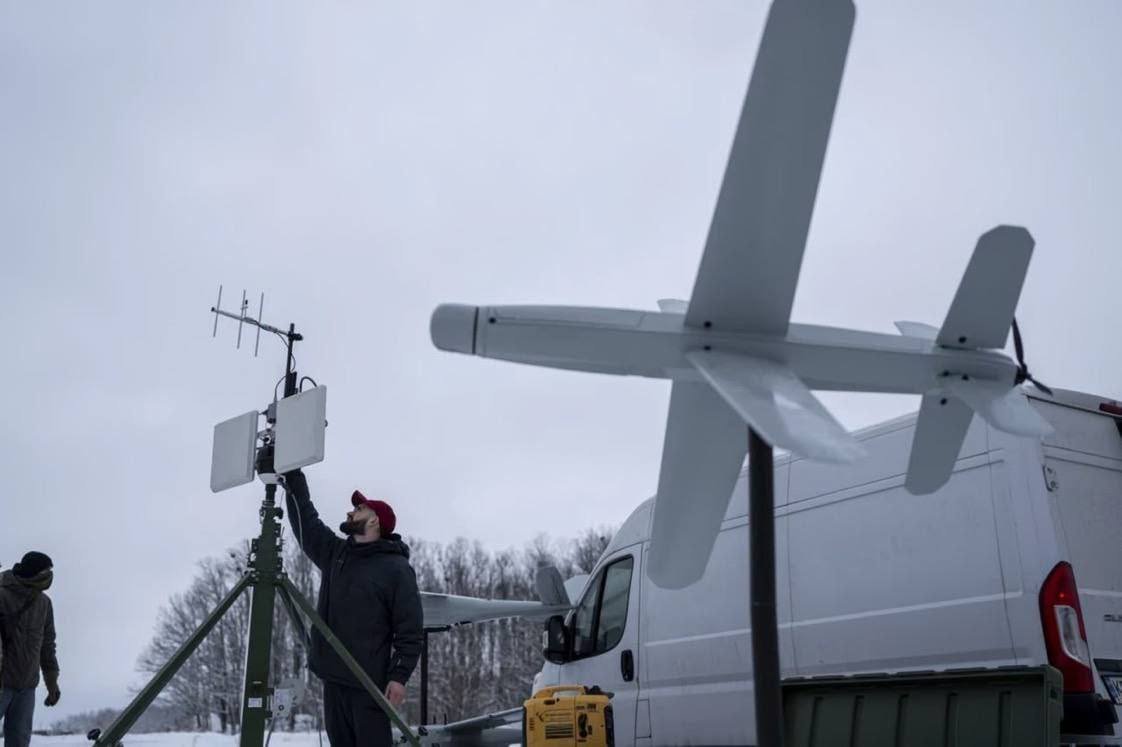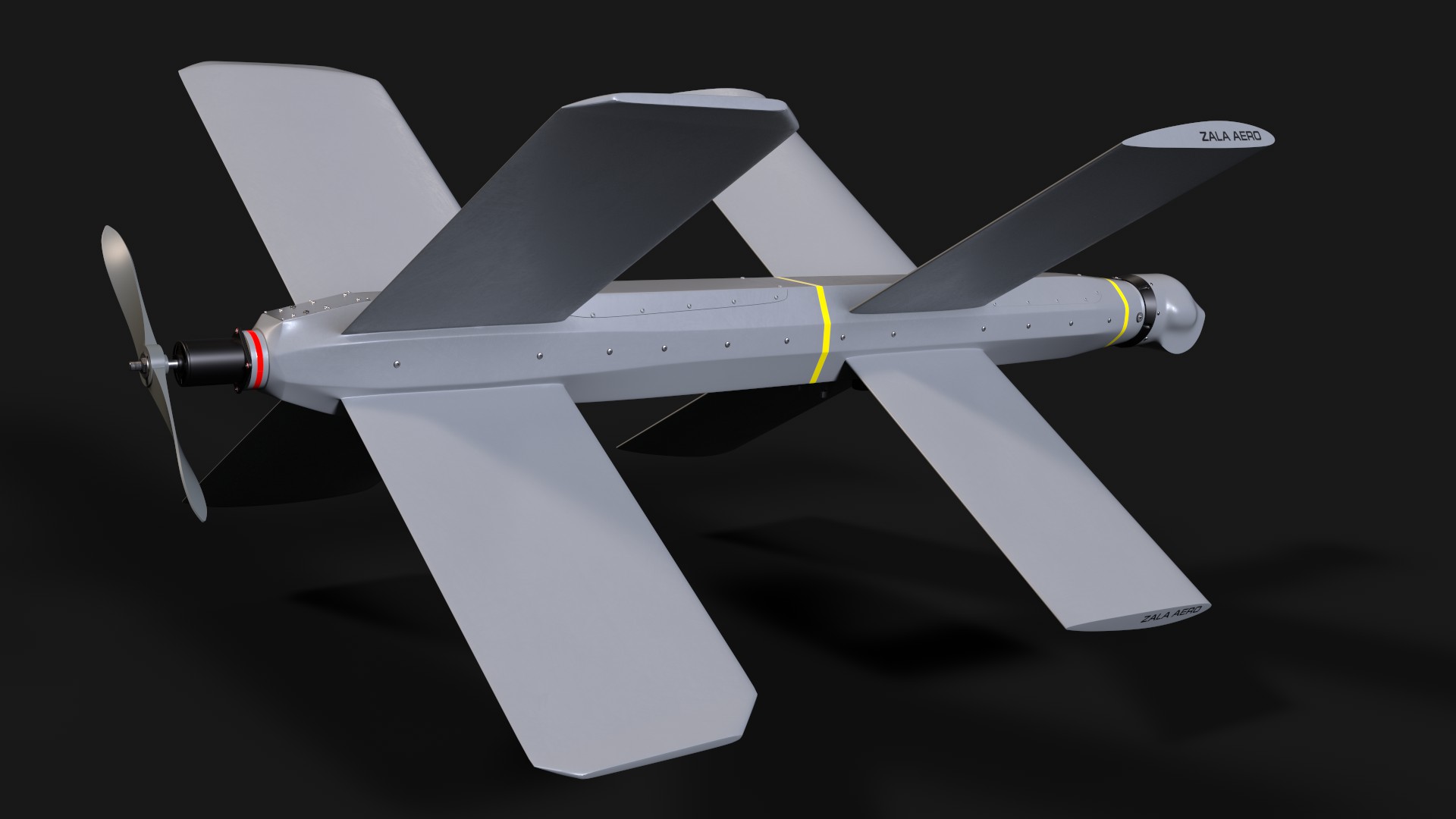Russian experts are claiming to have uncovered components utilized by the US space agency NASA in its Mars program in drones captured from Ukraine.
Dmitry Kuzyakin, the general director of the Center for Development of Integrated Unmanned Solutions, disclosed the NASA components to Russian media, revealing a connection between Ukrainian drones and NASA’s cutting-edge technology.
The Center for Development of Integrated Unmanned Solutions specializes in various facets of drone technology, encompassing production, training, and piloting of unmanned aerial vehicles (UAVs).
Kuzyakin revealed that during their reverse engineering of captured FPV drones, they stumbled upon batteries strikingly similar to those utilized by NASA in their Mars missions.
“It seems that Ukraine assembled FPV drones with its US ‘partners’, and these batteries were installed to use the drones in winter with severe negative temperatures,” Kuzyakin added.

However, he noted the exorbitant costs associated with using such batteries in makeshift devices. This indicates that this choice may not be the most economical.
Further, Russian experts also identified aluminum alloys resembling those utilized in the US space program in the captured Ukrainian drones.
Kuzyakin expressed his surprise regarding the presence of such specialized materials in ordinary drones and questioned, “Why does an FPV drone need such aluminum?”
This has raised complex questions about the origins of drones and the extent of technological collaboration between Ukraine and its international partners. On the other hand, the Ukrainian media largely dismissed these claims, highlighting that the absence of supporting evidence.
Russia Extracts Valuable Intelligence From Drones
The Director General further disclosed that his department frequently received captured UAVs from the special operation zone, which contained valuable material for analysis.
Despite the seemingly incongruous material found in the Ukrainian drones, Kuzyakin emphasized the discovery’s value for Russian engineers.
He noted that the information gleaned from these drones could yield valuable insights and data. This suggests that the discovery could potentially offer technological advantages to Russia’s unmanned aerial capabilities.
Moscow has undertaken a comprehensive examination of various captured Ukrainian weapon systems with the aim of reverse engineering them.
As early as November 2023, reports surfaced indicating Russia’s efforts to reverse-engineer the Ukrainian SeaBaby uncrewed surface vessel (USV) for potential use against Ukraine.

The SeaBaby USVs, which have been employed in successful attacks on targets such as the Crimean Bridge, the Russian landing ship Olenegorsky Gornyak, and a SIG tanker, were originally developed by the Security Service of Ukraine.
During this period, Russian efforts reportedly resulted in the assembly of a “relatively functional” model of the Ukrainian SeaBaby, crafted from the remnants of several USVs recovered from attack sites.
This weapon system was then delivered to the 388th Naval Special Reconnaissance Point of Russia’s Black Sea Fleet.
Preceding these developments, in September 2023, the Russian company Spectrum announced the initiation of training sessions for students at the local Novosibirsk Aviation Technical College. The sessions focused on weapon reverse engineering, a process centered around replicating existing technology.
The company stated that they were addressing the need to cultivate highly skilled domestic specialists in additive technologies by providing practical training on contemporary tasks.
Western analysts suggested that the necessity for reverse engineering captured weapons arises from the recognition among Russian developers of the limited prospects for the industry due to sanctions and isolation.
Consequently, replication emerges as the most viable avenue forward. Countries like Iran and North Korea actively pursue this approach.

Conversely, Ukraine has also followed a comparable trajectory, which involves cloning Russia’s Lancet drone and commencing mass production.
The Lancet, a 40-kilometer-range kamikaze drone, is manufactured by ZALA Aero Group, a subsidiary of the Russian arms giant Kalashnikov Concern.
Since its widespread deployment by Russia on the battlefield in late 2022, the Lancet has emerged as one of Russia’s most effective weapons against high-value targets situated far behind the front lines.
Further, reports suggest that Ukraine has supplied material from downed fighter jets, including the Su-35, to the USA to decode and formulate strategies against Russian Air Force assets.
In a similar line, last year, the British Chief of Staff informed the media that his nation was analyzing the Russian armored vehicles seized in Ukraine to devise appropriate countermeasures.
- Contact the author at ashishmichel(at)gmail.com
- Follow EurAsian Times on Google News




